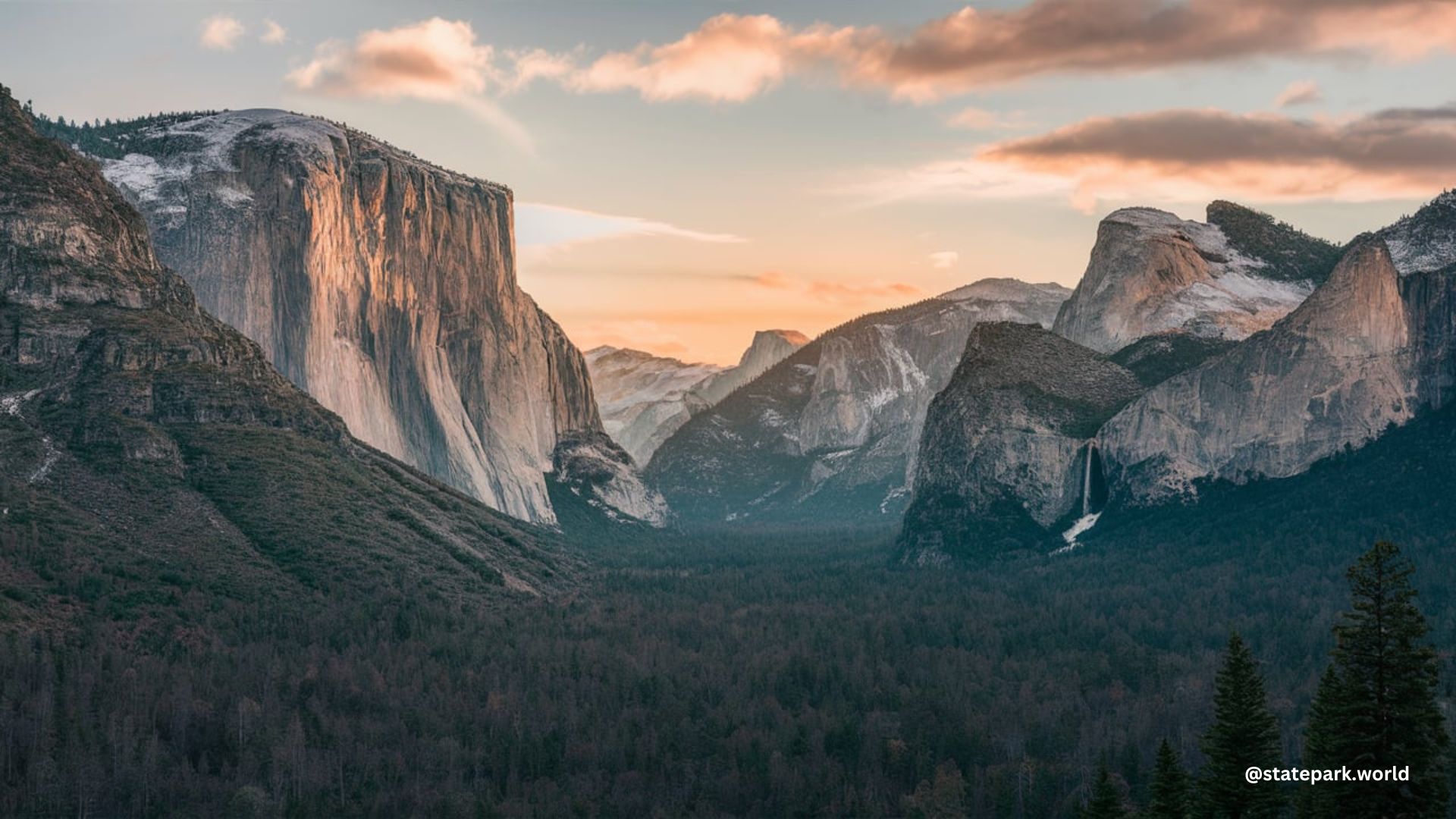Yosemite National Park is a breathtaking natural wonder, but it can also be a dangerous place for state park touring enthusiasts, especially those who are inexperienced or unprepared. From the risk of rockfalls to the potential for wildlife encounters, there are several hazards that visitors should be aware of before embarking on their Yosemite adventure.
Rockfalls: A Constant Threat
One of the most significant dangers in Yosemite is the risk of rockfalls. The park’s towering granite cliffs and steep slopes are prone to these natural occurrences, which can be unpredictable and devastating. While the National Park Service actively studies and monitors rockfall hazards, it is impossible to eliminate the risk entirely. Visitors should be cautious when hiking or climbing near areas with the potential for rockfalls and follow all safety guidelines provided by the park.
Navigating Yosemite’s Waterways

Yosemite’s rivers, lakes, and streams are another source of potential danger for state park touring enthusiasts. While the park has taken steps to restore many of the areas along the Merced River that were once damaged by human trampling, it is still essential for visitors to exercise caution when entering and exiting the water. Designated launch and removal points, as well as taking breaks on rocky, sandy beaches or point bars, can help protect the delicate river and lakeshore habitats while ensuring a safe experience.
Encounters with Wildlife
Yosemite is home to a diverse array of wildlife, including bears, mountain lions, and other potentially dangerous animals. Visitors should always respect these animals from a distance and never attempt to feed or approach them. Keeping food and trash properly stored is crucial to avoid attracting wildlife and reducing the risk of dangerous encounters.
Hiking and Climbing Safety
Hiking and climbing in Yosemite require careful planning and adherence to safety guidelines. The park provides detailed information on hiking and climbing safety, including recommended gear, route planning, and emergency procedures. Inexperienced or unprepared visitors may face significant risks, such as falls, dehydration, or exposure to the elements.
Air Delivery and Unmanned Aircraft
Drones and other unmanned aircraft are not allowed in Yosemite National Park without a special permit. This restriction is in place to protect the park’s natural resources and the safety of visitors. Visitors should be aware of this rule and refrain from using drones or other unmanned aircraft during their visit.
Medical Services and Vector-Borne Diseases
In the event of an emergency, visitors can contact the Yosemite Medical Clinic or call 911. The clinic provides urgent care, primary care, and employee health services. Additionally, visitors should be aware of the potential for vector-borne diseases, such as plague, rabies, and hantavirus, which can be transmitted by wild animals in the park. Avoiding contact with wildlife and properly storing food and trash can help reduce the risk of exposure to these diseases.
Yosemite Wilderness: Accepting the Risks
The Yosemite Wilderness offers a unique and challenging experience for visitors, but it also comes with inherent risks. Visitors to the Yosemite Wilderness must be prepared to accept these risks as part of the wilderness experience. Common hazards include unbridged stream crossings, which can be hazardous, and the potential for exposure to the elements. Proper planning, knowledge of safe travel and camping techniques, and a respect for the wilderness are essential for a safe and enjoyable experience.
In conclusion, while Yosemite National Park is a stunning and awe-inspiring destination, it is essential for state park touring enthusiasts to be aware of the potential dangers and take necessary precautions to ensure a safe and enjoyable visit. By understanding the risks and following the park’s safety guidelines, visitors can fully immerse themselves in the beauty and wonder of Yosemite while minimizing the chances of encountering harm.
References:
– Yosemite National Park Safety
– Yosemite Wilderness Safety
– Dangerous Parks in Northern California
